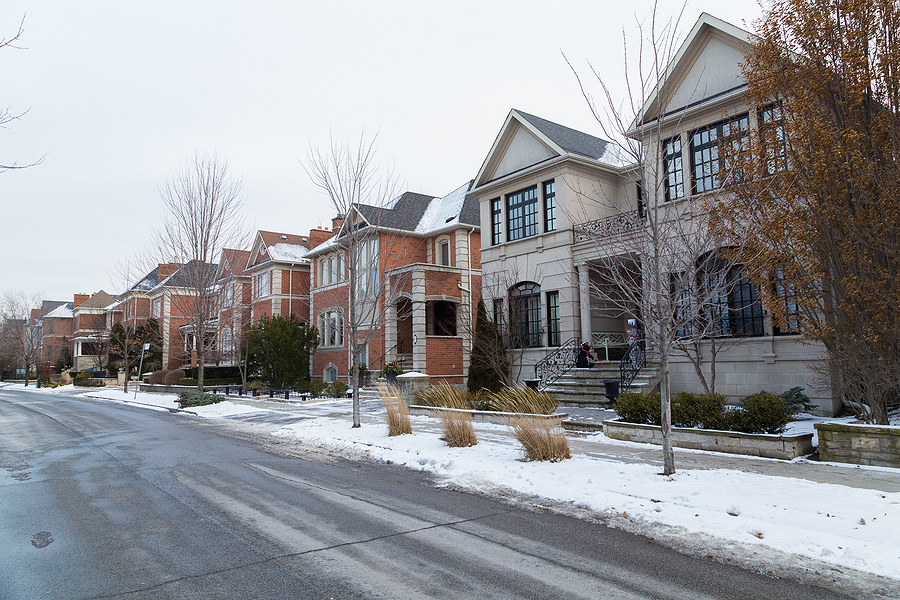Happy New Year!
2022 was another interesting year to say the least. One year ago, it was expected that we would see the Bank of Canada increase rates by 4-5 times by the end of the year. Given that the standard size increase is 0.25%, this would have meant a hike of 1.00% to 1.25% at the most.
Boy, was everyone wrong.
Instead, we saw it increase by a whopping 4%. More than anyone could have imagined. 2022 was a tough time for anyone in the game of forecasting rates and I don’t think a single economist came even remotely close to getting it right.
They can only go based on the information they know at the time.
Unexpected world events can have a radical impact on previous forecasts. For example, no one could have predicted the pandemic in early 2020. At the time, variable rate mortgages didn’t make any sense as they were higher than fixed rates. Little did we know that a pandemic was coming which led to the Bank of Canada unexpectedly slashing their rate by 1.50% in mid to late March.
In 2022 it was the war in Ukraine, which caused further disruption to the already weakened supply chain. This resulted in the Bank of Canada acting much more aggressively than they had originally anticipated.
What we can expect from mortgage rates in 2023 comes down to one thing:
Inflation.
The Impact of Inflation on Mortgage Rates
It all comes down to how fast inflation can be brought under control. The Bank of Canada’s goal is to have it down to 3% by the end of 2023 and 2.00% by the end of 2024. If it appears that they are on track, then we could see rates start to drop sooner than later.
But if it doesn’t start to fall as expected, then the Bank of Canada will have no choice but to raise rates further.
The next scheduled rate announcement is on January 25th. Many were thinking that the increase on December 7th would be the last. It’s still possible that it was, but if the Bank of Canada is still not sure if they’ve done enough to control inflation, then they’ll likely err on the side of caution and move forward with another rate hike on the 25th. At least this time it’s expected to be only 0.25% if anything at all. We’ll soon see.
2023 Prime Rate Forecasts From the Big Six Banks
Two of the big six banks are anticipating an increase in the first quarter of the year while the other four are predicting no change. Not one of them are forecasting any more increases for the remainder of the year with three banks forecasting cuts in the fourth quarter.
| 1st QTR | 2ND QTR | 3RD QTR | 4TH QTR | |
| BMO | +0.25% | N/C | N/C | N/C |
| CIBC | N/C | N/C | N/C | N/C |
| National Bank | N/C | N/C | N/C | -0.25% |
| RBC | N/C | N/C | N/C | N/C |
| Scotiabank | N/C | N/C | N/C | -0.25% |
| TD | +0.25% | N/C | N/C | -0.75% |
NC = No change
They may be right, or they could be drastically wrong. The Bank of Canada only has so much control over inflation. For example, they can’t control the supply. But what they can do is bring demand down in line with it. This is why they are deliberately trying to force a recession.
Conclusion
No one likes rising rates, but what’s worse is the cost of everything else getting out of control as well. This is what they have been trying to prevent.
If I had to take a guess… then I would say fixed rates would be a bit lower than where they are today at the end of the year. But this is a guess, and it’s based on inflation coming down in line with the Bank of Canada’s goals. If inflation drops, then we’ll likely see rates start to drop as well. If it persists, then more increases can be expected.
Until the Bank of Canada is 100% certain that the inflation problem is dead, rates will remain at elevated levels.
Time will tell and anything can happen.








Leave A Comment